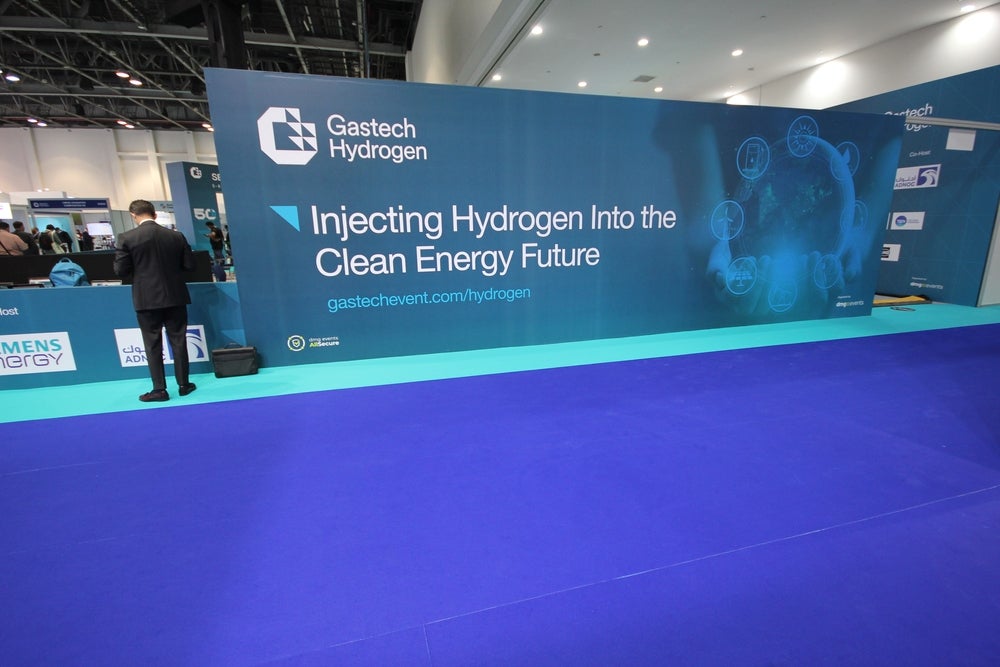As the largest energy importer in the world, Europe has a carbon footprint that extends far beyond its own borders. Right now, EU member states are seeking new energy partners, but rather than embrace stopgap solutions, policymakers should seek win-win solutions for our climate and energy security problems.
To move towards a decarbonised future, Europe must ensure the climate benefits of imported energy and take responsibility for all pollution associated with meeting its energy demands. This requires adequate regulatory frameworks, emission standards and a strong commitment to clean imported energy. Only by getting those things right will European industry succeed in a net-zero economy, and help drive the development of crucial decarbonisation technologies needed around the world at scale.

The simple if uncomfortable fact is that the world is reliant on burning fossil fuels to create energy. Around 80% of final energy consumption comes from the combustion of fuels in vehicles, industrial plants, boilers and power plants. The decarbonisation of these emissions will require a combination of technologies and methods, with different countries and sectors likely to choose different ‘best fit’ solutions for their own particular circumstances.
Electrification will be a major part of this effort, but difficult-to-electrify sectors – such as heavy industry and heavy transport – will require a new set of low-carbon fuels to replace the fossil fuels in use today, as well as carbon capture and storage (CCS) to eliminate leftover emissions. Most analysts agree that the best candidates for these new fuels are hydrogen and ammonia. The switch to these will account for 13% of European emissions reductions by 2050, according to a McKinsey study.
By 2050, total European hydrogen demand is projected to increase by more than 700% to 70 million tonnes per year and it is well understood that domestic European production is unlikely to scale fast enough to meet this increase. There are two main reasons: first, building new production infrastructure is slow and, for now, unprofitable; second, we are in a flat-out race to build enough renewable generation to decarbonise the electricity grid, so we may not have the additional renewable electricity needed to produce green hydrogen.
European governments, particularly those with large industrial sectors, understand they need to secure import partners outside the bloc. The problem is that EU policymakers and industries have yet to signal a coherent path forward for potential partners, so many potential producers are sticking with their high-emissions business-as-usual.

US Tariffs are shifting - will you react or anticipate?
Don’t let policy changes catch you off guard. Stay proactive with real-time data and expert analysis.
By GlobalDataProspective exporters assume Europe will not accept deals for anything other than green hydrogen. That is, renewable hydrogen made from solar or wind-powered electrolysis. However, with strong methane controls and top-notch CCS, fossil-fuel derived hydrogen can also be ‘low-emissions hydrogen’’ – as the Intergovernmental Panel on Climate Change put it recently – which can be produced and scaled at a much cheaper rate in fossil-rich regions like the Gulf countries in the Middle East.
Right now, these 'blue' hydrogen projects in the pipeline are designed on a case-by-case basis. To drive the scale-up, producers in the Gulf require a policy framework that validates the necessary investment. Even beyond the mixed signals coming from Europe, our research shows that lack of on-the-ground engagement and the absence of plans for low-carbon hydrogen offtake agreements from European actors makes major energy players in the Middle East and North Africa, and national energy companies in particular, reluctant to commit significant capital to low-carbon hydrogen production projects.
Asia, meanwhile, a large and burgeoning energy demand centre with strong ties to Gulf countries, is also aiming to source low-carbon hydrogen from the region, albeit with looser requirements on the method of production. Europe is far from the only game in town.
Gulf players are long-standing energy partners for Europe, have the capacity and know-how to produce low-carbon hydrogen and ammonia, and now have the additional geopolitical and climate impulse to position themselves as reliable providers of clean energy imports for Europe. Policymakers in Brussels could shape the global market for low-carbon hydrogen and secure long-term supplies from the around the world – a win-win for energy security and climate policy.
The Clean Air Task Force (CATF) suggests that policymakers adopt two simultaneous approaches.
First, the EU must present a long-term road map for hydrogen imports from the Middle East. Producers will need to build new facilities and invest in CCS to produce low-carbon hydrogen – they will not do that until they are sure there is a market for it.
[Keep up with Energy Monitor: Subscribe to our weekly newsletter]
Second, the EU must enact a harmonised certification scheme for low-carbon hydrogen in the EU. No matter how it is produced, importers must prove they are providing low-carbon hydrogen. Many of the member states that have already secured import deals are in the process of adopting their own – disparate – schemes, which creates headaches for exporters seeking deals with multiple countries. On top of that, the proposed systems fail to properly define a life cycle analysis scope that considers upstream and transport-related emissions.
The longer Europe takes to lay out its vision for low-carbon hydrogen imports, the longer it will take for both the Gulf states and the EU to transition away from the status quo of continued extraction, transport and consumption of unabated fossil fuels.
Editor's note: The CATF published a new report called Poised to Lead: How the Middle East and North Africa Can Accelerate the Global Energy Transition on 24 May 2022.
This piece was updated on 25 May with a second data visual, "The United Arab Emirates (UAE) is betting big on hydrogen", showcasing green hydrogen plants and plans in the Middle East from 2022–26.


